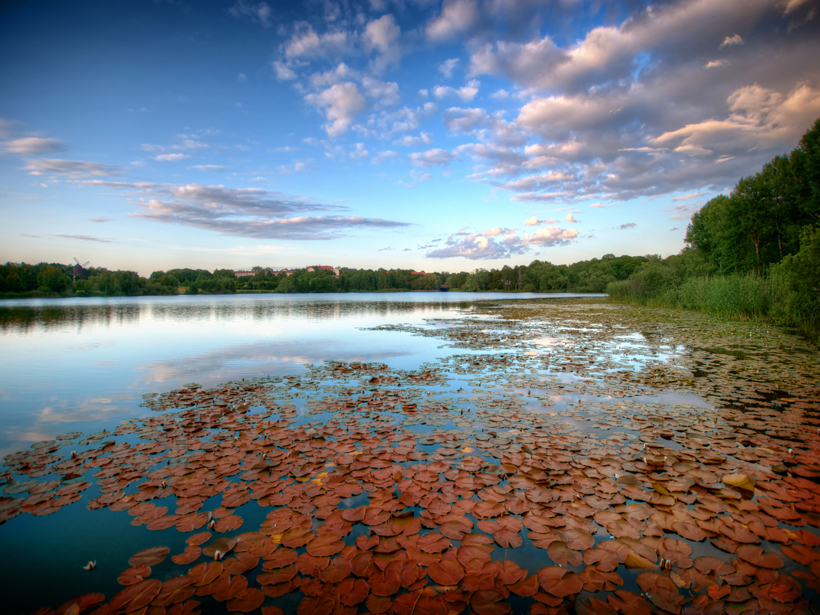Humans are not the only ones who release carbon dioxide into the atmosphere. Inland waters, full of carbon-rich plant and soil material, are among the natural sources of the greenhouse gas. In recent years, scientists have found that the amount of carbon dioxide emanating from inland waters is substantial enough to warrant inclusion in the global carbon cycle—it is about a quarter of the amount pumped out yearly by fossil fuel burning.
Koehler et al. wanted to know how much of this carbon dioxide is the product of sunlight breaking down the carbon-rich material dissolved in the water. Their study is the first to look at this question on a large scale.
A data set of 1086 lakes across Sweden served as the basis for the study. Satellite data of cloud cover over the lakes provided insight into the amount of sunlight reaching the lakes. Model simulations revealed the extent to which photons break down the matter dissolved in the water.
After modeling the amount of carbon dioxide emissions from lakes in Sweden—countrywide, about 150 kilotons of carbon per year—they extrapolated the result to come up with a number for lakes and reservoirs worldwide. They calculated that annual sunlight-induced carbon dioxide emissions were between 13 megatons of carbon under overcast sky and 35 megatons of carbon under clear sky.
That means that sunlight is responsible for up to 10% of the total carbon dioxide that comes from lakes and reservoirs worldwide. The study contributes to the growing body of evidence that lake-dwelling microbes contribute to the aquatic carbon cycle more substantially than previously thought, the authors say. (Global Biogeochemical Cycles, doi:10.1002/2014GB004850, 2014)
— Shannon Palus, Freelance Writer
Citation: Palus, S. (2015), How much carbon dioxide does sunlight release from lakes?, Eos, 96, doi:10.1029/2015EO027309. Published on 8 April 2015.
Text © 2015. The authors. CC BY-NC 3.0
Except where otherwise noted, images are subject to copyright. Any reuse without express permission from the copyright owner is prohibited.

